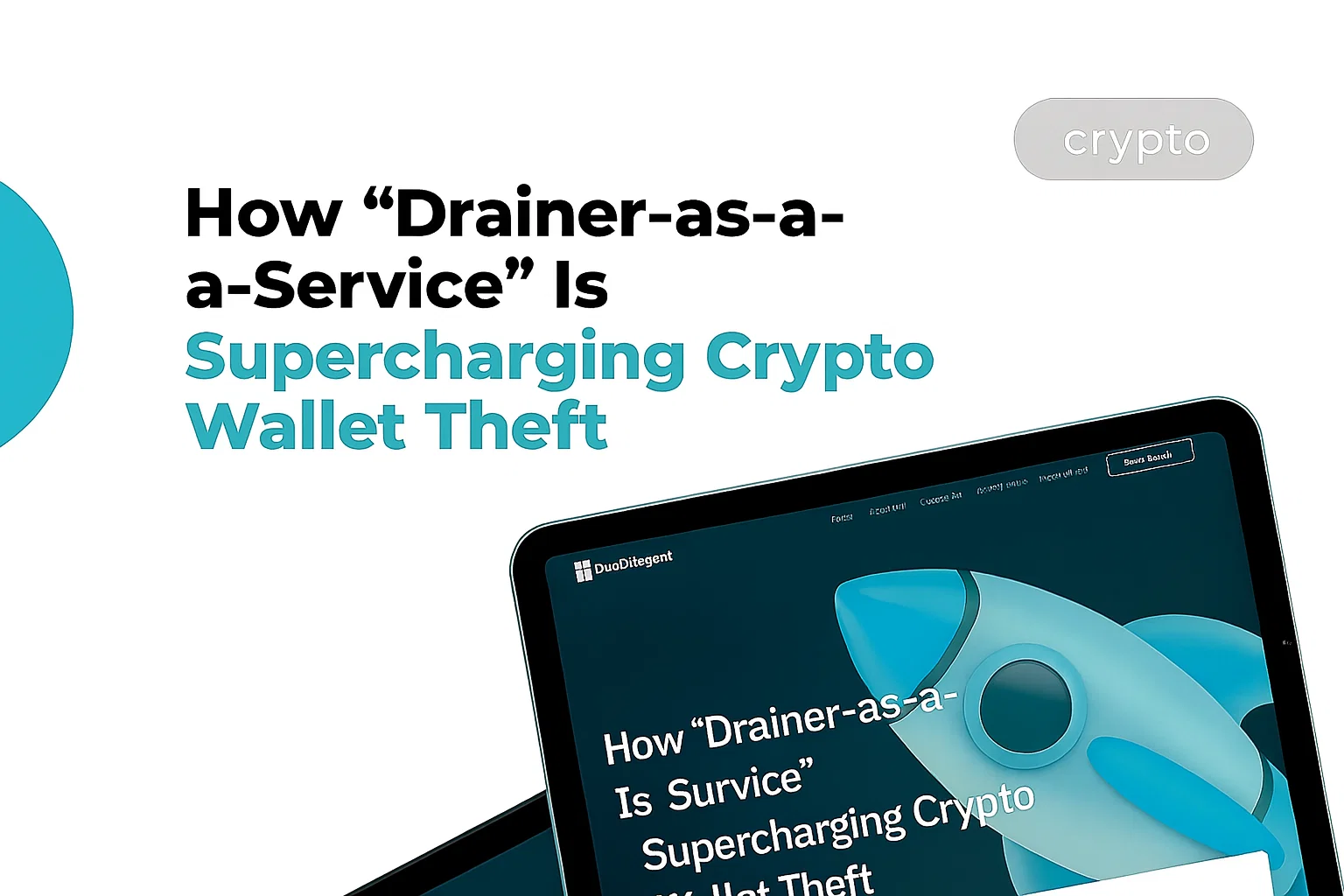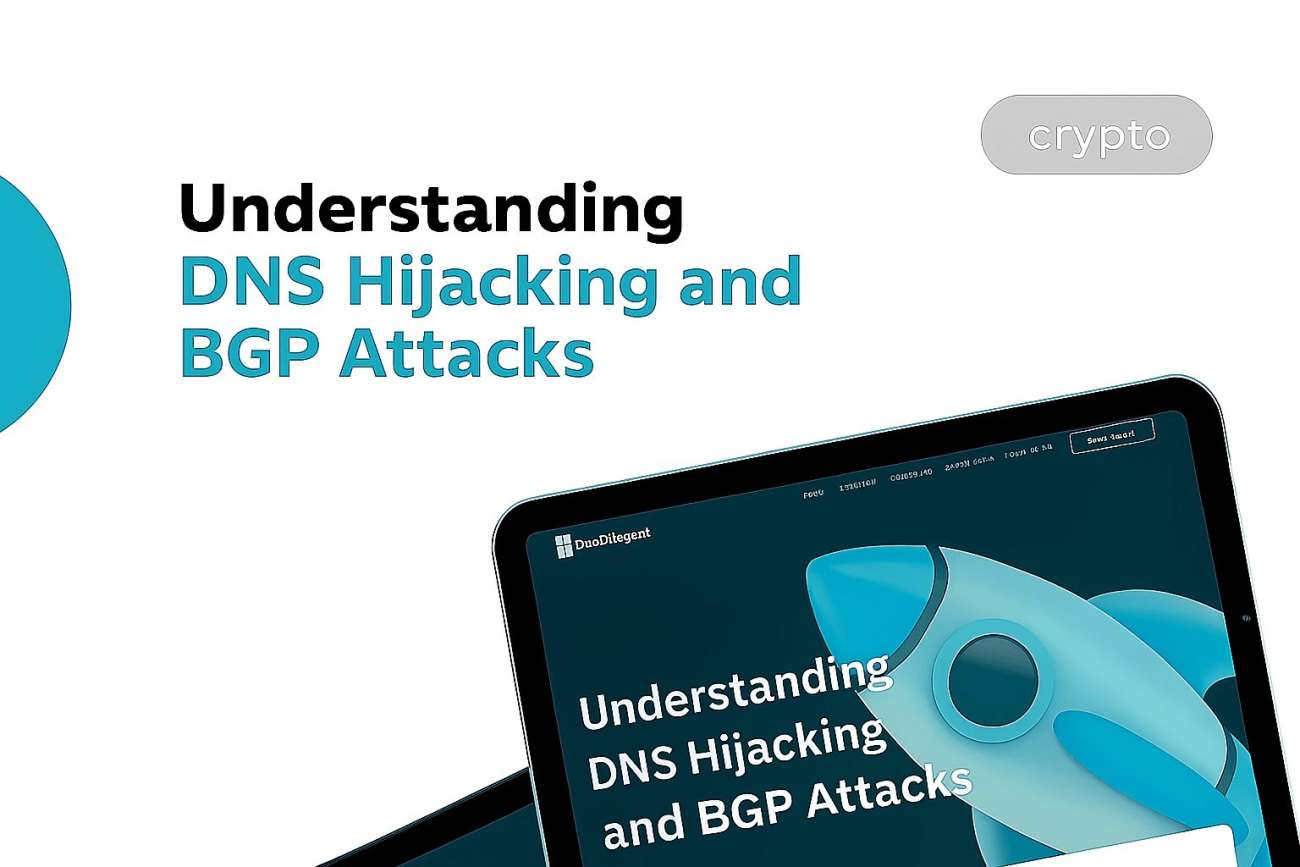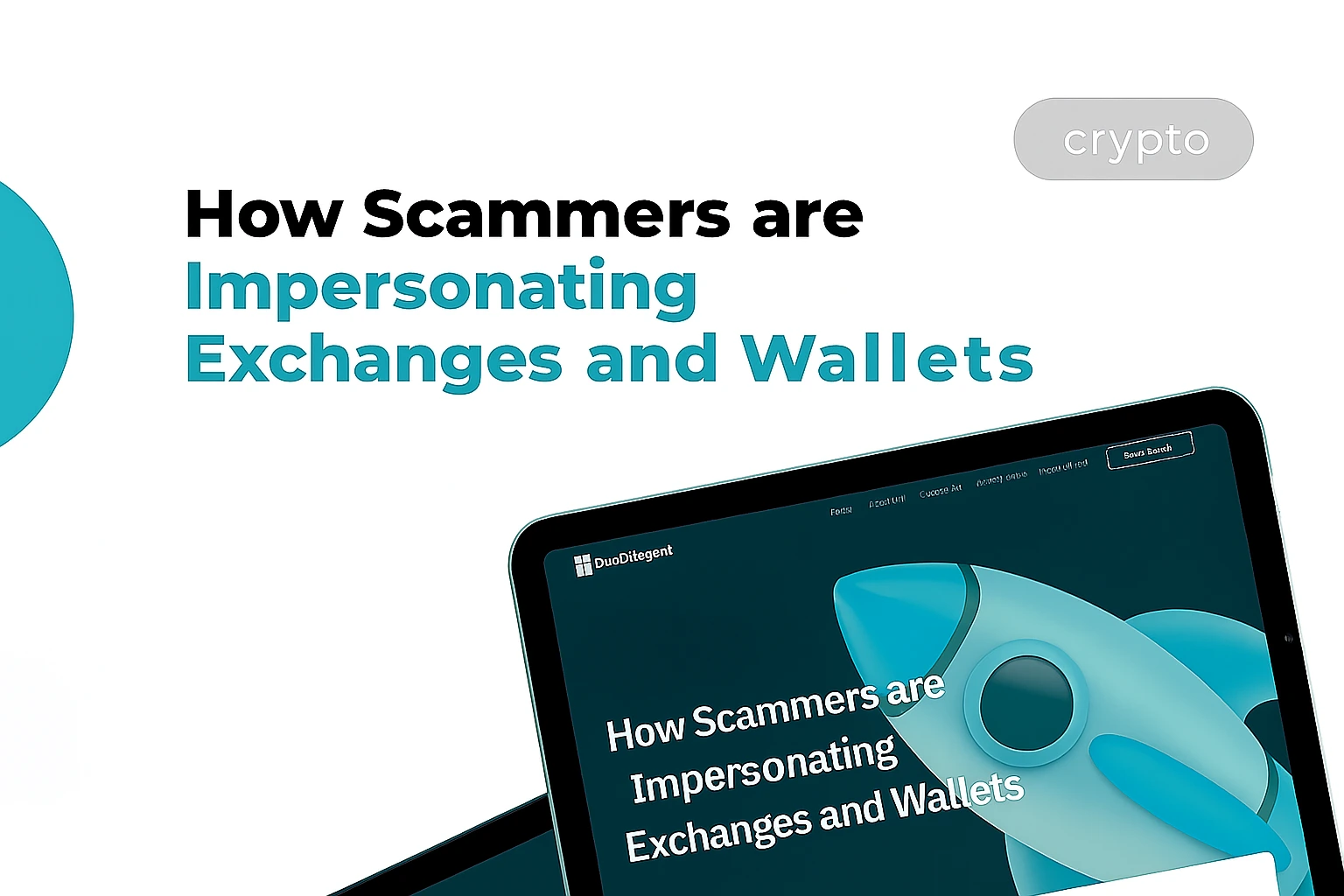
Overview
Table of Contents
One of the major conundrums that newcomers in the world of token development are faced with consists of choosing the appropriate blockchain network for your particular needs. There are 3 popular options for creating tokens to choose from Ethereum, Binance Smart Chain, and TRON Blockchain.
Each of these blockchains comes with its own token standard, which is essentially a standardized set of rules governing the use of tokens on that blockchain.
While the subject of today’s article is specifically what is TRC20 standard of the TRON network, we will also compare all other relevant standards (along with their corresponding blockchain networks), so that you know what to expect when investing your hard-earned crypto in one of these platforms. Choosing the optimal token issuance standard is essential, so let’s get right down to business.
The Rise of TRON Network
What is TRC20 exactly? In order to answer this question, we should first briefly return to 2014. Eight years ago, the Ethereum network reigned supreme as the undisputed platform for developing USDT tokens. Ethereum smart contracts are used to create ERC20 tokens.
However, many users were dissatisfied with the high cost of transaction fees and the amount of time it took for blocks to be verified. One such user was Justin Sun, a then promising business executive (now the CEO of BitTorrent), who had decided to create his own blockchain network, one that would eliminate Ethereum’s shortcomings since the transaction fee on Ethereum gets only higher. Thus, the TRON blockchain was born.

In 2018, Sun exchanged the ERC 20 token standard (a leftover from TRON’s early days, when the platform’s architecture was still extremely similar to Ethereum’s) for the newly-created TRC-20 token standard. The effects were tremendous and immediately visible: those users who migrated from the Ethereum blockchain to Sun’s platform experienced five times shorter verification speeds, the transfer fee had been reduced, while also having to pay much lower gas fees (almost two times lower, in fact). Of course, they never looked back in Ethereum’s direction; it was obvious who had been the winner in the TRC-20 vs ERC 20 duel.
TRC-20 >TRC-20 Basics
informative and entertaining lesson in history, let’s ask again: what is TRC20? Basically, it is a required standard that anyone interested in using (transferring, swapping, sharing) tokens on the TRON network must oblige with. TRON is a public blockchain, meaning that anyone can produce and issue their own TRON tokens, of course, as long as they comply with the standard rules.Have in mind that there are six necessary items that must be implemented in order to comply with the TRC-20 token standard, along with three optional items. We will only list the items; if you’re interested in the underlying code, you can find it included in the TRON network developers’ guide for using the TRC-20.
The six required items include: totalSupply(), balanceOf(), transfer(), approve(), transferFrom(), allowance(); while the optional items are: Token Name, Token Abbreviation, Token Precision.
TRC20 vs. ERC>TRC20 vs. ERC20
se two standards are compatible, before creating a crypto token for your business, you should learn the differences between these token standards. Some of the most distinct technical differences when it comes to ERC20 vs. TRC20 crypto tokens are listed below:Blockchain networks: These tokens are created on different blockchains. The Ethereum network is used for ERC USDT (issued by Tether) and TRON is used for TRC USDT (issued on the TRON network).
Transfer speed: ERC tokens take up to 5 to 10 minutes, and TRC tokens transfer in a few seconds to a few minutes.
Fees: The average fee is around 30 USDT for ERC tokens and starts at 2 USDT for TRC tokens.
Security: Security measures are significantly higher in ERC tokens than in TRC crypto tokens.
Transactions per second: ERC tokens can process 20 transactions per second. However, TRC-based tokens are capable of processing around 2000 transactions per second.

TRC-20 vs. BE>TRC-20 vs. BEP-20
ur previous ERC20 vs TRC20 match, the TRC-20 standard is undoubtedly superior in terms of speed and cost, but what about Binance’s BEP-20 (which is a standard for Binance’s Smart Chain platform)? Well, this is a duel whose winner will be much harder to announce, as the situation is complicated. First, though, it will be illuminating to take a look at some of the important similarities between the TRC-20 and BEP-20 standards.The Three Competi>The Three Competitors
shortly after TRON blockchain, arising from a very similar dissatisfaction with the low quality of Ethereum’s services. It is interesting that, due to both TRC-20 and BEP-20 having evolved out of the outdated ERC-20 standard (in fact, all three standards are based on the same programming language, named Solidity), Binance and TRON tokens and smart contracts are mostly compatible with Ethereum blockchain – tokens created on one network can be used on all three of them. However, the key difference, which sets apart the competitors, lies in the underlying consensus mechanism.To put it simply, the network’s consensus mechanism ensures the legitimacy of transactions by synchronizing all network nodes. It is precisely the optimization of the network’s consensus mechanism(s) that allowed TRON and Binance to overcome the Ethereum blockchain. Namely, while ERC-20 uses the PoW (Proof of Work) consensus algorithm, TRC-20 and BEP-20 users enjoy the customized, improved, and updated mechanisms, initially based on the old PoW, but much superior. TRON’s DPoS (Delegated Proof of Stake) and Binance’s PoSA (Proof of Staked Authority) are far more efficient ways (and with lower fees) of ensuring the legitimacy of transactions.
Why is this so? We’ll spare you the less interesting technical details. Instead, we’ll discuss other advantages these blockchains have over the Ethereum network.
Power Consumption
>Power Consumptionass="aligncenter size-full">






